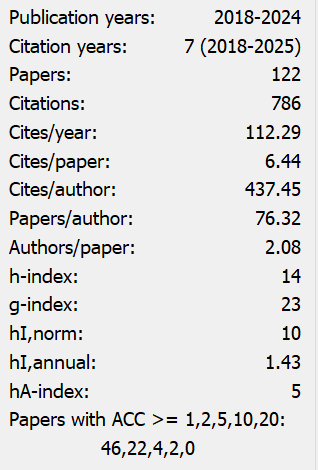Research on the Embedding of Hometown Networks and Value Co-creation by Chinese Enterprises' Overseas Expansion in the Global South
Abstract
Against the backdrop of Chinese enterprises’ overseas expansion in the Global South, this study examines the embedding paths and value co-creation mechanisms of hometown networks in cross-border operations. Combining literature review with case analysis, we select representative Chinese firms in typical hometown regions of Southeast Asia and Latin America as our research objects. We construct a dual-perspective theoretical framework of social network embedding and value co-creation, then use in-depth interviews and content analysis to empirically investigate the structure of hometown networks, resource flows, and collaboration patterns. Our findings indicate that hometown networks play a critical role in information access, institutional coordination, and social trust building; the depth of embedding and efficiency of resource integration significantly influence firm performance. Moreover, multi-actor co-creation pathways generate synergistic gains in market development and localization. Based on these insights, we propose managerial recommendations for optimizing network embedding strategies and strengthening multi-stakeholder co-creation platforms, and we outline policy implications and avenues for future research.
References
[2] Wu, Y., Liu, D., Yang, Z., Zhang, J., Wu, W., Song, H., & Ma, X. (2023). Subject embedding, relationship interaction, and resource integration: The value co-creation mechanism in rural communities. Systems, 11(10), 507. https://doi.org/10.3390/systems11100507
[3] Adiku, G. A., & Kandilige, L. (2023). Co-creation of transnational livelihoods through ‘door-to-door’ shipping operations along the Ghana-UK migration corridor. Journal of Ethnic and Migration Studies, 49(9), 2416–2433. https://doi.org/10.1080/1369183X.2021.1901674
[4] Shao, Y., & Sun, Y. (2023). Governing for spatial reconfiguration in tourism-oriented peri-urban villages: New developments from three cases in China. Buildings, 13(2), 519. https://doi.org/10.3390/buildings13020519
[5] Zhang, F. L., Liu, Y. Q., Zhang, X. M., & He, C. H. (2025). Butterfly change of commercial enterprise into social enterprise: Based on mechanism and case study of institutional capital. Journal of Social Entrepreneurship, 16(2), 461–502. https://doi.org/10.1080/19420676.2023.2193604
[6] Buhalis, D., O’Keeffe, C., & Kalbaska, N. (2023). Tourism 2030 and the contribution to the sustainable development goals: The tourism review viewpoint. Tourism Review, 78(2), 293–313. https://doi.org/10.1108/TR-04-2023-620
[7] Belarmino, A. (2023). Application of theory to literary tourism: A comparison of parasocial interaction theory and co-creation theory. Journal of Heritage Tourism, 18(1), 18–35. https://doi.org/10.1080/1743873X.2022.2125812
[8] Lyu, Z., & Qian, J. (2025). Social and cultural geographies of economic innovation: Proliferation of meanings, articulation with user cultures, and dialectical power relations. Progress in Human Geography, 49(1), 62–83. https://doi.org/10.1177/03091325241305747
[9] Chim-Miki, A. F., Coelho Fernandes, R. L., & Monticelli, J. M. (2024). Rethinking cluster under coopetition strategy: An integrative literature review and research agenda. Management Review Quarterly, 1–39. https://doi.org/10.1007/s11301-024-00434-z
[10] Wang, S., Li, J., & Xu, H. (2025). Reconstructing home in touristic places: An enabling process for poverty alleviation migrants. Tourism Geographies, 1–20. https://doi.org/10.1080/14616688.2025.2506105

This work is licensed under a Creative Commons Attribution 4.0 International License.
Copyright for this article is retained by the author(s), with first publication rights granted to the journal.
This is an open-access article distributed under the terms and conditions of the Creative Commons Attribution license (http://creativecommons.org/licenses/by/4.0/).


























